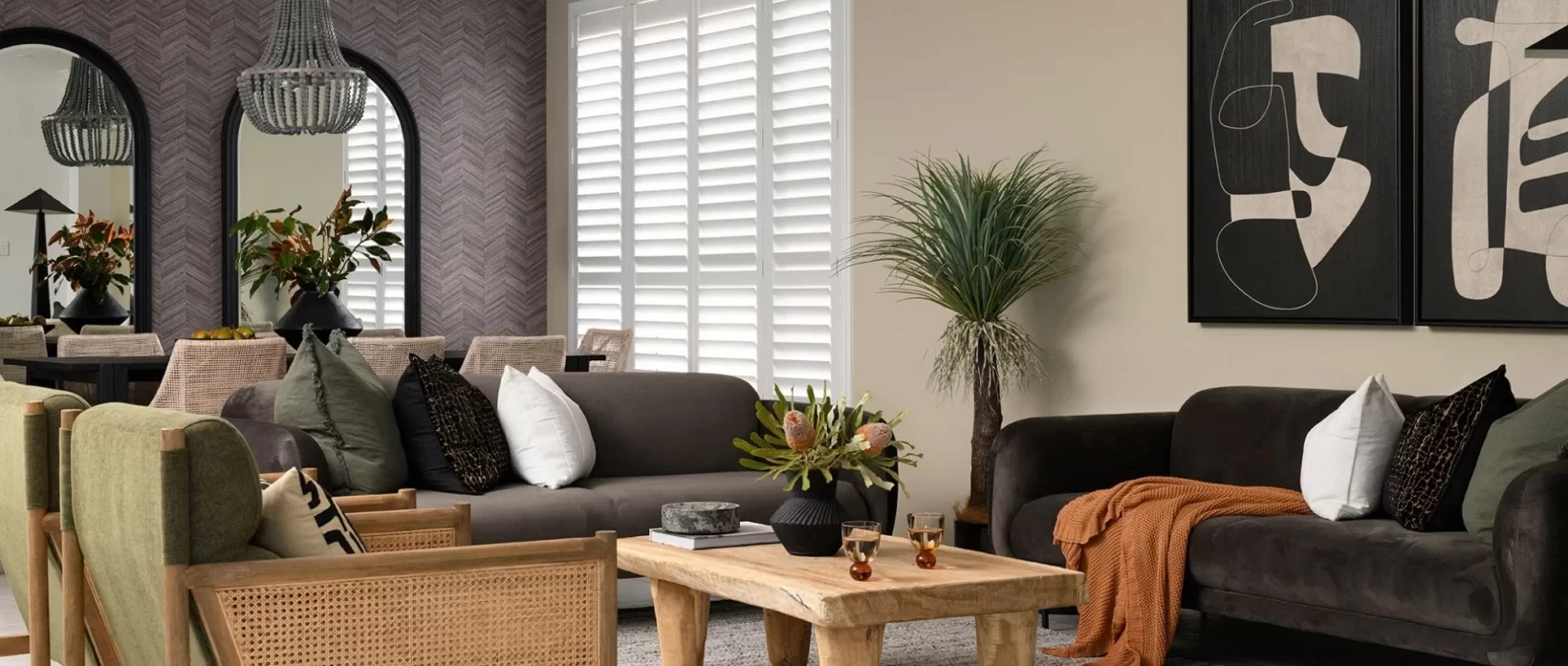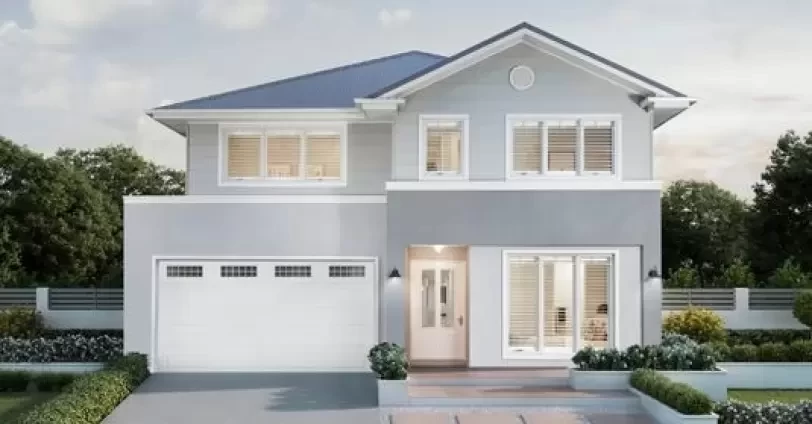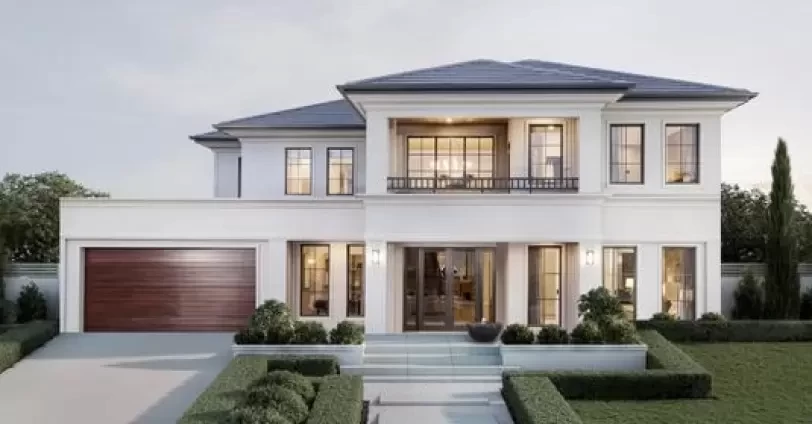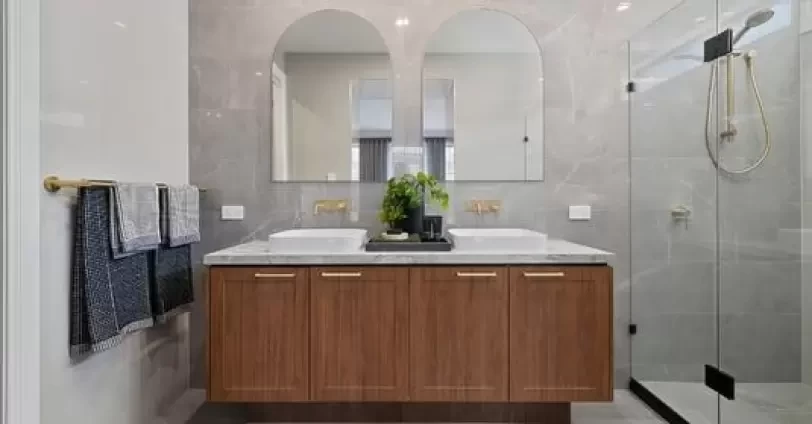Financing your build is a little different than buying an existing house. Everyday home loans won’t cut it, as construction loans are released according to the progress payment schedule in the construction contract. Typically there are 5 key building stages - typically slab, frame, lock-up, fit out and completion. Eager to find out more? Let’s explore the inner workings of home construction financing together.
Before we begin…
While we’re always here to help you navigate your home building journey, we’re not in the finance business. If you need financial advice, reach out to Australian Home Mortgage (AHM) for clear, concise and informative service.
How does a building loan work?
Instead of getting all the money upfront, your bank releases funds in progress payments (also known as progressive drawdowns) as your house build meets specific milestones. While banks may have minor differences between them, the payment pattern usually includes these four steps:
- Following the completion of each stage, your builder will give you an invoice.
- You pass on the invoice to your bank ASAP.
- Depending on the stage and lender, the bank may conduct an inspection to confirm works complete.
- The bank processes the details and releases the funds to the builder.
Please note: In cases where your build deposit exceeds 5% and less financing is required, it is important to understand that the progress payment procedure outlined above requires that your contributions be made prior to the bank's release of construction funds.
Do you pay interest on the total approved amount from the beginning of your build?
No. Unlike a conventional home loan, you’ll only pay interest on the amount of money that’s been allocated to the builder. This amount slowly grows until your home is ready for you. After receiving the keys, you begin paying back the total value of the loan, including both the principal amount and interest.
As an example, if you’ve paid $50,000 for the slab, and $65,000 for the frame, with lock-up just commencing - you’ll pay the interest on the $110,000 until the lock-up invoice is approved and processed by the bank.
Applying for a construction loan
Before applying for a construction loan, you need to choose a builder and source plans, permits and a fixed price contract, ensuring you have all the paperwork required to make your application easy to approve. If you think in checklists, here’s a few steps you should keep in mind when applying for a construction loan:
Before the application
-
Select your builder, hop online and choose a design. At Clarendon Homes, you’ll find a range of facades to scroll through, each with its own personality and design features. After you’ve found your match, get a personalised price estimate through our handy calculator - from here, you’ll begin to build an understanding of how much you need to borrow.
-
Visit a display home near you. Even if this isn’t the design of your dreams, you’ll get an idea of finishes, possibilities and quality first hand. Take this opportunity to chat to a customer representative and explore any extras or any promotions that could elevate your build and streamline expenses.
-
You’ll then receive a detailed sales estimate after we develop an understanding of your needs and wants when it comes to your new home. This estimate will cover your chosen home design, facade, what's included, and any current promotions. If you’re happy to go ahead, you'll need to pay an initial deposit that allows Clarendon Homes (or your chosen builder) to perform essential soil testing and surveying on your land. The results help us figure out what needs to be done to build your chosen home on your land. After that, we'll provide you with a detailed preliminary building agreement.
-
This documents everything you have requested for your new home, including the necessary site works required for us to build on your block of land. When ready, your new home consultant will arrange an appointment to go through your preliminary building agreement with you in detail. This is your opportunity to approve everything in your new home and make any necessary changes before we proceed to producing a “building agreement”, which forms part of your official HIA contract. At this stage, a further fee is payable as part of your approval to proceed to a contract.
-
Your consultant will present you with a consolidated “building agreement” along with an official HIA contract for your approval. In the contract paperwork will be the working drawings and specifications for your new home. Once you have approved your building agreement paperwork, all necessary building applications can be lodged, and you’ll be contacted by a Lifestyle Studio consultant to arrange an appointment at our Lifestyle Studio at Loganholme.
-
After you have your paperwork in order, pass it onto your lender, leaving buffer for Lifestyle Studio appointments that you’ll attend post-signing. We recommend getting an idea of general costs when it comes to finishes, tap wear, doorkits, bench types etc and building a buffer into your requested loan amount, so you’re covered. Anything outside this buffer may be considered a post contract variation - while you can change your mind or add elements, it’s not always cost effective to do so.
Did you know?
You don’t always need a big deposit to build your first home. With as little as a 5% deposit, and help from the First Home Owners grant, and the First Home Guarantee, you can own your own slice of Queensland.
The construction loan process
Just like with a regular mortgage, the bank checks your finances to make sure you can handle the loan. They also estimate the value of the property (assuming a once built value) to decide how much to lend you. Speak to your builder and collate the following documents (you should have access to all of these already).
- Builder information, including:
-
a signed copy of the fixed price contract
-
copies of the plans and specifications, plus any relevant permits
-
copies of insurance policies (these are needed before the first progress payment) - relevant insurance policies include: Builders All Risk/Public Liability Insurance, Domestic/Home Warranty Insurance and Public Liability Insurance.
-
Council approval
-
-
Contact Australian Home Mortgage to determine your specific list of supporting documentation required for a finance application. However essentials to have handy are as follows. A record of your:
- Income (two most recent payslips) OR Last 2 years Tax Returns & Accountant Prepared Financial Statements if Self Employed, monthly expenses, assets per person on the application (including, properties, vehicles, investments) evidence of a deposit, and three months of bank account statements.
- Financial liabilities, such as personal loans, home loans, credit cards, HECS/FEE-HELP debts, buy now and pay later debts etc.
- Identification, Drivers License and a Passport or Birth Certificate will cover the requirement at all lenders.
From here, the bank will arrange for what’s called an ‘As built’ property valuation to decide how much your land and build will be worth post completion. If all goes well, you’ll be granted formal approval receive mortgage documents seamlessly as most lenders now operate electronically.
What if something changes after the building agreement is signed and the loan is approved?
Known as post contract variations (or PCVs), changes to the build after approval are possible and sometimes even required. Both you and the builder can request a PCV, although we only vary the contract if it’s important to the integrity of the build (eg. council has asked for a retaining wall that wasn’t on the original plan), or we experience pushback from council (eg. they’ve rejected a side path due to a lack of drainage etc). Depending on the builder, the cost of the variation should be paid on the following progress payment, or if near the end, at build completion before handover.
If you have a PCV, you will either need to pay from your own savings or contact your Mortgage Broker to re-assess and confirm your borrowing capacity as this is not always possible after commencement.
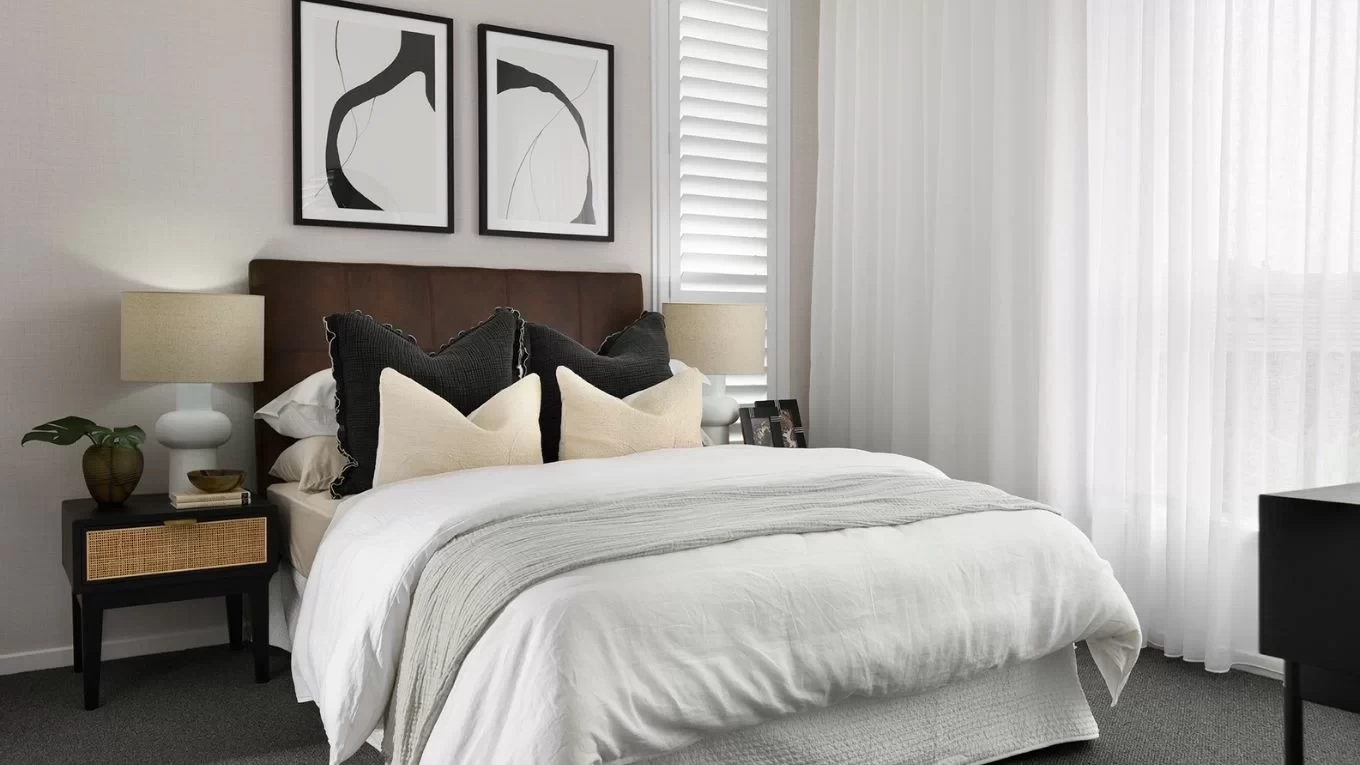
Construction loans can be a bit complex, but they can help you build the home you've always wanted. Take the first step and start calculating the affordable cost of your dream home, first home, second home or investment property with our online estimate tool today. Simply choose your design, pick your favourite facade, add the promotion and download your obligation free estimate!
Need inspiration? Visit one of our display homes and immerse yourself in what could be.
